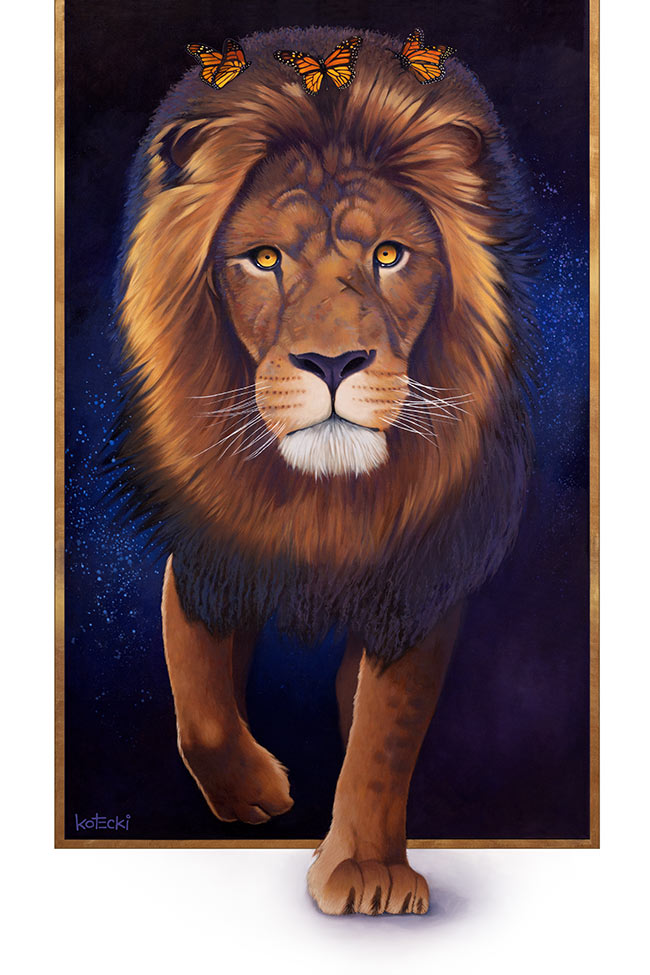
His name was Joel, but I called him Mr. Dawson. He was one of the best leaders I’ve ever known.
On the surface, Mr. Dawson was just a regular guy who coached youth baseball. But he was kind, humble, and strong, albeit not in the “benchpress dump trucks” sort of way. A rare autoimmune disease took several fingers on one hand. But he was able to balance a baseball with it while holding a bat with his other hand. During practice, he’d carefully toss the ball upwards and whack it with the bat in the direction of a fielder.
When I played Little League, he managed an opposing team, but his vote helped me land on the all-star team. He became my coach after drafting me when I turned thirteen and moved up to Junior League. I was an occasional pitcher. My fastball wasn’t very fast, and I didn’t have a curveball, but I kept the ball over the plate. The good news is I rarely walked anyone, but the bad news is batters usually salivate at the prospect of facing someone who throws slow and straight.
The back of my baseball card was not impressive.
Perhaps not surprisingly, I’d never been the winning pitcher of a game. I could claim it was because the teams I pitched for were never that good, but then again, neither was I. For some unknown reason, Mr. Dawson decided to make it his mission that season to get me a win. It took a while, but somehow, his persistent belief in me sunk in. I actually started believing it was possible. I don’t even remember the score of the game when it finally happened, but I do remember the feeling. I remember his proud smile.
And I remember being happier for him than I was for myself.
That’s what the best leaders do: believe in people.
Oftentimes those people don’t believe in themselves. Sometimes it’s for a good reason and sometimes it’s the natural result of not having anyone in your life who does. But the good leaders see a spark. Heck, maybe the spark doesn’t even exist, but their belief that it does is so convincing, it’s as if they are somehow able to will it into existence.
This painting was inspired by C.S. Lewis’s character, Aslan, the Christ-like figure in The Chronicles of Narnia. It’s a great image of the best kind of leader: brave but vulnerable. He’s confident in knowing what he’s about, but kind enough to welcome the lowliest creatures into his friendship and protection. Malcolm Forbes said, “You can easily judge the character of a man by how he treats those who can do nothing for him.”
People are fragile beings, like the butterflies in this painting. I sure was when I was thirteen, a shy, skinny kid with oversized glasses playing on a team stocked with much better athletes, trying to figure out who he was and what he had to offer.
The best leaders walk with us out of our past and into our future, accompanying us from who we’ve been to who we can be. We all need people like that in our life. If someone believes in you, consider yourself lucky. And take them at their word, even if you can’t yet see what they see.
Mr. Dawson died too soon from cancer shortly after I moved on to high school, more complications of his condition. By then a close friend of the family, I saw him face his final battle and the unknown of the next life with bravery and good humor.
Sometimes in life, we are the butterflies. We are fragile and need to believe the people who care about us are right when they tell us they see greatness within us.
Sometimes in life, we are the lion.
We are called to be leaders who seek out the lost, the young, the weak, and the forgotten. Our job is to look for the good in them, believing in them as long as it takes until they can see it for themselves.
Thanks, Mr. Dawson.